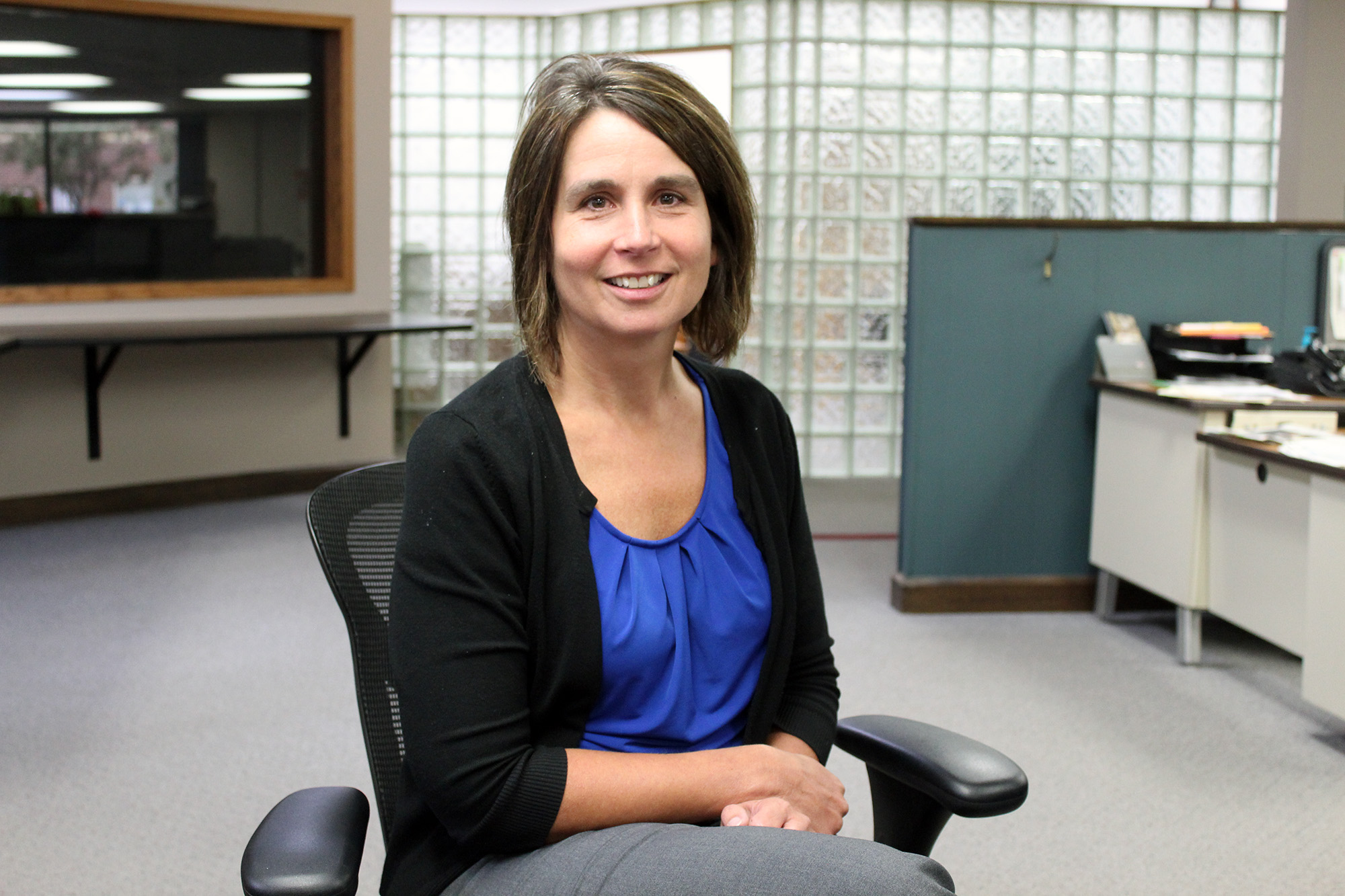
A familiar face will lead renewed efforts to offer vocational medical classes to high schools when the 2017-18 school year begins Sept. 5.
Sanford’s Tammy Loosbrock has been a leader in the medical field for more than 20 years, but she said classroom teaching is a new venture.
“I’ve dabbled in teaching,” she said of the mentoring she has done. “This will be the first time in the classroom.”
Loosbrock is Sanford Health’s senior director for hospitals in Luverne and Rock Rapids, Iowa, and medical centers in Luverne, Adrian, Edgerton, Rock Rapids and George, Iowa.
She said flexibility in her work schedule allows her to add the 90-minute, two-day-a-week teaching position to her routine.
Loosbrook will instruct a total of 25 students from Luverne, Adrian and Pipestone enrolled in the first collaborative Introduction to Medical and Health Careers class.
The semester-long class allows students to earn college and/or high school credits while exploring a medical or health career.
“If you do it right, you build your own workforce,” Loosbrock said.
She has firsthand knowledge about the challenges of staffing hospitals and medical centers.
“Recruitment for positions varies a bit depending on the position,” she said. “If we find someone local who wants to work local, we tend to have a more stable workforce that is engaged more in the community.”
Other medical/health fields she works with have also experienced a shortage of qualified workers.
Offering introductory classes for careers students to work in immediately after high school is part of an effort the Southwest Initiative Foundation launched in December for its 30th anniversary.
The “Grow Our Own” summit featured author Robert Putnam who researched the growing “opportunity gap,” where youth can no longer just work hard to make their lives better. They need outside assistance.
The Introduction to Medical and Health Careers class is a three-year collaboration among area educators, business owners, community leaders and legislators to help students develop marketable skills before they graduate from high school.
State data shows 28 percent of high school students choose to enter the workforce immediately after high school.
Loosbrock hopes to direct some of these students into the health care field, where in three years a shortage of workers is expected.
The introductory class may lead to other “hybrid classroom” offerings in future school years.
A pilot class took place in Granite Falls last year, which assisted in setting up the current collaborative offering.
In the pilot, students met five-days a week, two of which were in a classroom setting. On the other three days, students completed assignments in their home districts.
During the two days of classroom lectures, Loosbrock said her focus is on broad topics such as resume writing and patient confidentiality, a dry topic she hopes to make interesting by relating the topic to the teenagers themselves.
In the three other days students will explore medical and health-related fields as they complete a job-shadowing project.
“The goal is to link with the professionals in the area and have them talk about their profession and excite students,” Loosbrock said.
“Time invested now will pay dividends later.”


